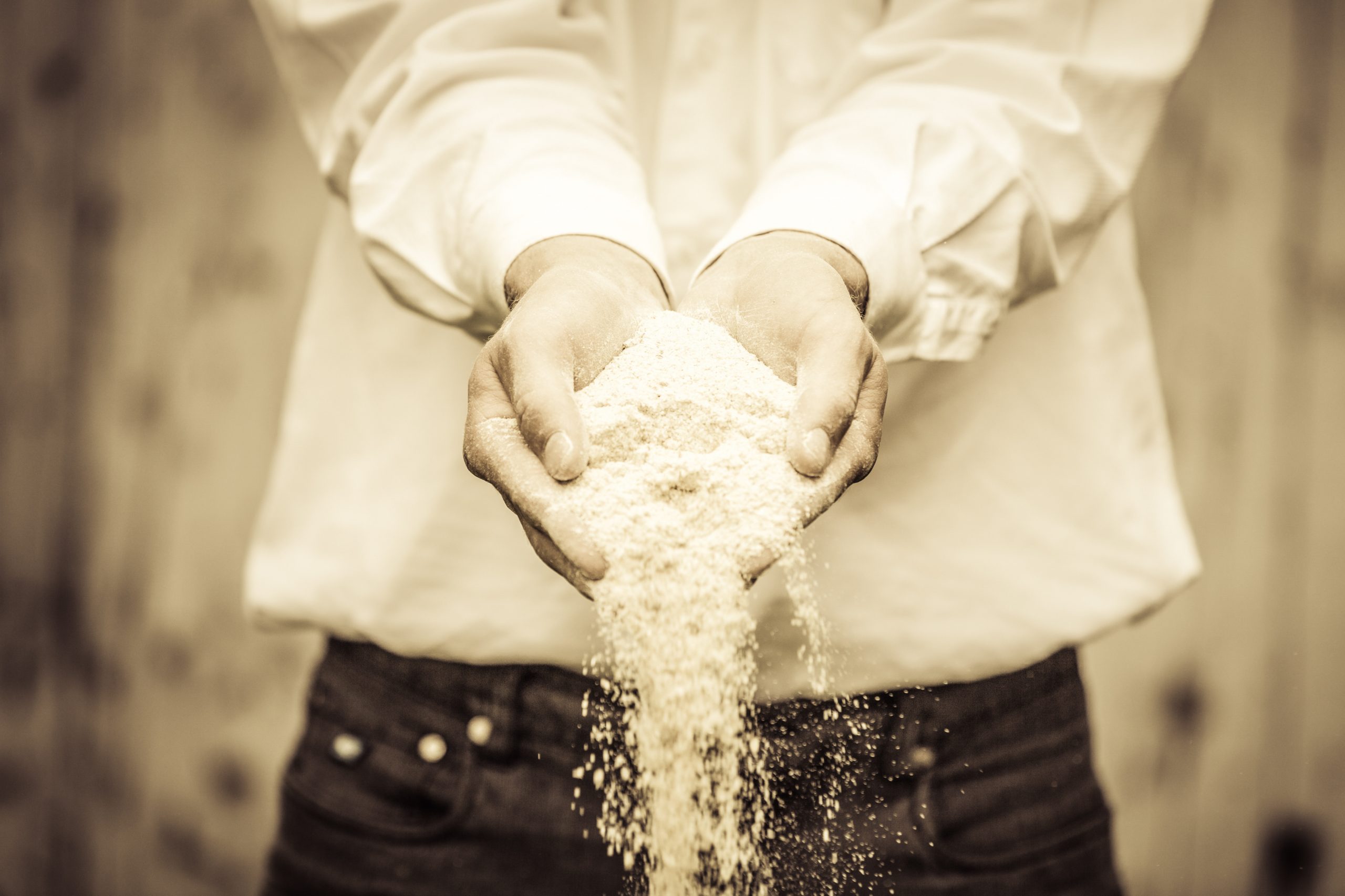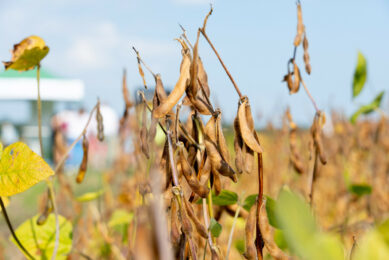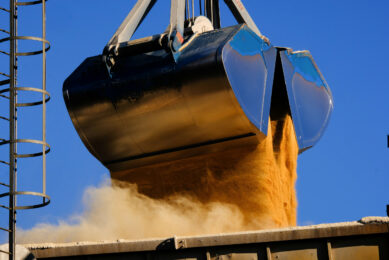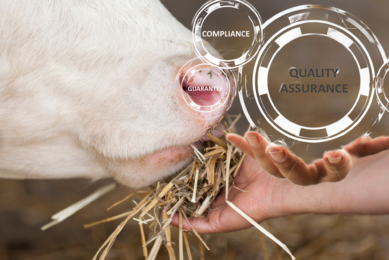Hazard analysis and dust control

In feed mills, dust should be controlled to safeguard the health of the employees and the environment and to prevent dust explosions.
So what is dust exactly? The dust with a particle size of less than 10μm, usually floating in the air due to wind power is called floating dust. The dust with a particle size of over 10μm, that easily sinks, is called sinkable dust. The international standardisation organisation states that the suspension of particles with size of less than 75μm is called dust. Feed dust can be defined as: a small solid particle that can float in the air during feed production. Its particle size is less than 75μm, and contains starch, protein, cellulose and ash.
Source and diffusion of feed dust
The process of feed production, purchase, sale, storage and transportation, especially feed cleaning, elevating, scattering, inevitably cause a lot of dust. It is generally believed that the feed dust comes from two aspects: 1) Pure feed dust, generated by the process of feed production. Its quantity is related to the production method, process and materials and 2) Associated dust, produced during the transportation process of feed raw materials or finished products, due to the interaction between feed raw materials and finished products, such as mechanical damage of friction, extrusion, loading and unloading. The pollution of feed dust originates from dusting. The so-called dusting means that any dust, under the action of natural or mechanical forces, changes from the stationary state to floating in the surrounding air.
The damage of feed dust
Feed dust is a non – conductive flammable dust. The dust generated by feed production, storage and transportation is accumulated in large quantities. When it reaches the lower limit of the explosive concentration after mixing with air, it can burn when meeting with a fire source, causing serious economic losses and even accidents. The danger of the explosion varies with the particle size of the dust. The smaller the dust is, the easier it catches fire, the more explosive it will be. It is generally believed that there should be four conditions for the explosion of feed dust. 1) The dust itself can be burned, 2) The concentration of the diffused dust is higher than the minimum explosion concentration, 3) The ignition source has enough releasing energy density and total energy to ignite the combustion wave and 4) A relatively closed space and sufficient oxygen to maintain combustion. The diffusion of dust leads to the increase of dust particle size in the air, affecting the production operation of the workers. Because the dust has the characteristics of adsorption and flutter, the production machinery and equipment may be corroded and failed, resulting in the increase of production cost and the reduction of working efficiency, which directly affects the economic benefits of feed enterprises.
Damage to the environment and human health
Dust pollution to the environment is mainly concentrated in the climate, including reducing temperature, affecting wind speed and wind direction. Meanwhile, dust is also the main reason for the formation of smoke, fog and acid rain, which can lead to a significant decrease in atmospheric visibility. During migration, dust can also adsorb and enrich harmful substances in the air, such as heavy metals, organic wastes, pathogens and so on, seriously threatening human health. Dust has a certain amount of charge, resulting in dust retention in the body, and nasal mucosal damage, erosion, ulcers, etc., but can also cause lung disease, allergy, and respiratory diseases. Dust often hangs in the air, with a variety of pathogens and heavy metals or organic substances, which will cause human infections, skin allergies and poisoning, even a series of diseases in the body, such as symptoms of anorexia, nausea, fatigue, palpitations, hypotension, inattention, irritability. When the speed of dust settlement is slower, the higher the degree of stability is, the more opportunities to be inhaled by the human body, the more serious the harm to the human body.
Monitoring of feed dust
At present, many domestic feed enterprises lack effective methods and measures for dust monitoring. Nowadays, most domestic feed factories have two kinds of dust monitoring methods: first is the dust sampler and the balance to measure the dust concentration of the air; the second is to borrow the direct and continuous dust measuring instrument to determine the dust content, and to read the dust concentration directly through correction. Because the measurement accuracy of the dust sampler is relatively high, many countries include it in the standard dust concentration measuring instrument, but it cannot timely respond to dust pollution in the environment due to a complex process. A direct reading, fast dust measuring instrument has advantages of fast, direct, and timely response, but it has a larger error. Therefore, the overall level of dust monitoring instruments and testing technology in domestic feed factories is lagging behind, it is difficult to monitor the concentration of dust in the factory and evaluate the harm.
Control technology of feed dust
Feed factories should take existing national laws and industry standards as the basis for rational planning of raw material areas, setting the fire channel, using appropriate fire-resistant materials and safe and reliable prevention measures. The main measures are as follows: 1) Control the dust concentration and make it below the minimum explosive concentration, 2) Control and eliminate the fire sources, 3) Use effective explosion-proof knowledge and 4) Strengthen the workers’ explosion-proof education.
Dust removal equipment is mainly used for separating dust from air, these include a mechanical dust collector, filter dust collector, wet dust collector and electrostatic precipitator. Most small and medium feed factories usually choose to install a fan in the warehouse, eliminating dust and poison gas in time, so as to achieve the effect of ventilation and cooling. A few large feed mills use a centrifugal precipitator and bag filter. Dust can also be recovered and utilised as feed dust contains many nutrients, such as protein, fat, starch and crude fibre. Recovery and utilisation can reduce the cost and increase the efficiency of enterprises. It is also important to strengthen production management and improve process. Dust pollution in feed workshops is mostly caused by unreasonable production management. Therefore, strengthening production management in production workshops is an important part of dust control. Establish a strict management system to clean up the dust on the ground and equipment regularly. Properly combine production process, improve production technology, select a dust removal system to ensure the dust removal, and establish and improve various rules and regulations at the same time, so as to improve the working environment, improve equipment safety, improve the feed production efficiency and economic benefit. And lastly, dust workers should improve and strengthen their self-protection and safety awareness.
Conclusion
To sum up, the pollution of feed dust not only causes damage to workers’ health and pollution to the environment, but also causes dust explosion. Therefore, we need to carefully analyse the source and diffusion of feed dust, and take effective technology to control dust pollution, so as to implement dust control and reduce dust hazards, to comprehensively promote the healthy and sustainable development of the feed industry.











